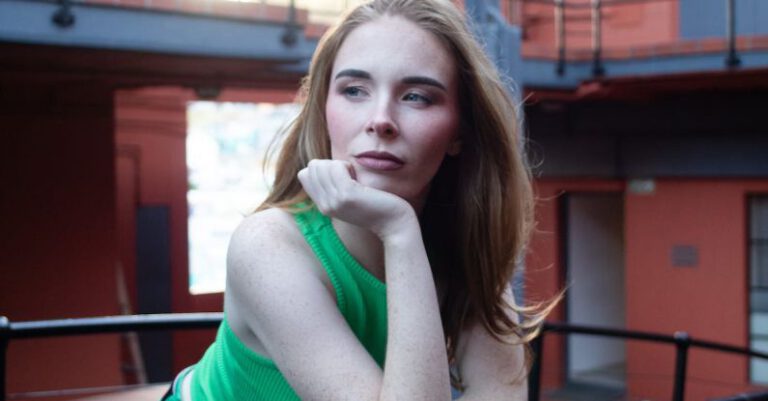What Are Circular Economy Principles?
In today’s world, where environmental concerns are becoming increasingly important, the concept of a circular economy is gaining prominence. But what exactly are circular economy principles? In this article, we will explore the key principles of a circular economy and how they differ from the traditional linear economy.
The Linear Economy
Before diving into the principles of a circular economy, let’s first understand the linear economy model, which is the prevailing system in most countries. In a linear economy, resources are extracted, processed into products, and eventually disposed of as waste. This linear approach is based on the assumption of unlimited resources and the belief that waste can be safely disposed of without any negative consequences.
However, the linear economy model is inherently unsustainable. It leads to the depletion of natural resources, contributes to pollution and climate change, and generates massive amounts of waste that end up in landfills or incinerators. Recognizing the limitations of the linear economy, the concept of a circular economy emerged as an alternative approach.
The Circular Economy Principles
The circular economy aims to create a closed-loop system where resources are used efficiently, waste is minimized, and materials are continuously cycled back into the economy. There are several key principles that underpin a circular economy:
1. Design out waste and pollution: The first principle of a circular economy is to design products and systems in a way that eliminates waste and pollution from the outset. This involves rethinking the entire lifecycle of a product, from sourcing and production to use and disposal. By adopting eco-design principles, products can be designed to be more durable, repairable, and recyclable.
2. Keep products and materials in use: The second principle focuses on maximizing the utilization of products and materials. Instead of the traditional “take, make, dispose” approach, the circular economy aims to keep products in use for as long as possible through repair, refurbishment, and remanufacturing. Additionally, it promotes the sharing and leasing of products, as well as the development of innovative business models such as product-as-a-service.
3. Regenerate natural systems: The third principle emphasizes the importance of preserving and restoring natural resources. In a circular economy, the use of renewable resources is prioritized, and the extraction of non-renewable resources is minimized. It also seeks to regenerate ecosystems, promote biodiversity, and reduce the negative impacts of human activities on the environment.
4. Foster collaboration and innovation: The fourth principle recognizes that transitioning to a circular economy requires collaboration and innovation across various sectors and stakeholders. It calls for the involvement of governments, businesses, consumers, and civil society to drive systemic change. Collaboration can lead to the sharing of knowledge, expertise, and resources, while innovation can drive the development of new technologies and business models.
Benefits of a Circular Economy
The transition to a circular economy offers numerous benefits. It can reduce waste and pollution, conserve natural resources, and mitigate climate change. It also presents economic opportunities, such as the creation of new jobs in recycling and remanufacturing industries. Additionally, a circular economy promotes resilience and stability by reducing dependence on scarce resources and volatile markets.
Conclusion
As the world grapples with pressing environmental challenges, the principles of a circular economy provide a viable alternative to the linear economy model. By designing out waste and pollution, keeping products and materials in use, regenerating natural systems, and fostering collaboration and innovation, we can move towards a more sustainable and prosperous future. Embracing a circular economy is not only necessary but also beneficial for both the planet and our economy. It is time to rethink our approach and embrace the principles of a circular economy.






